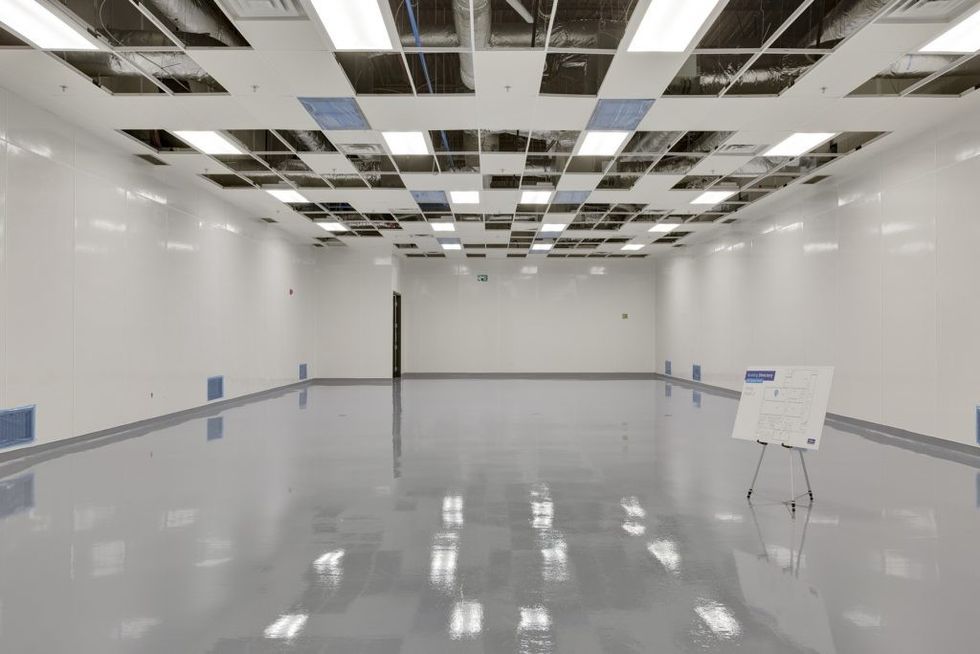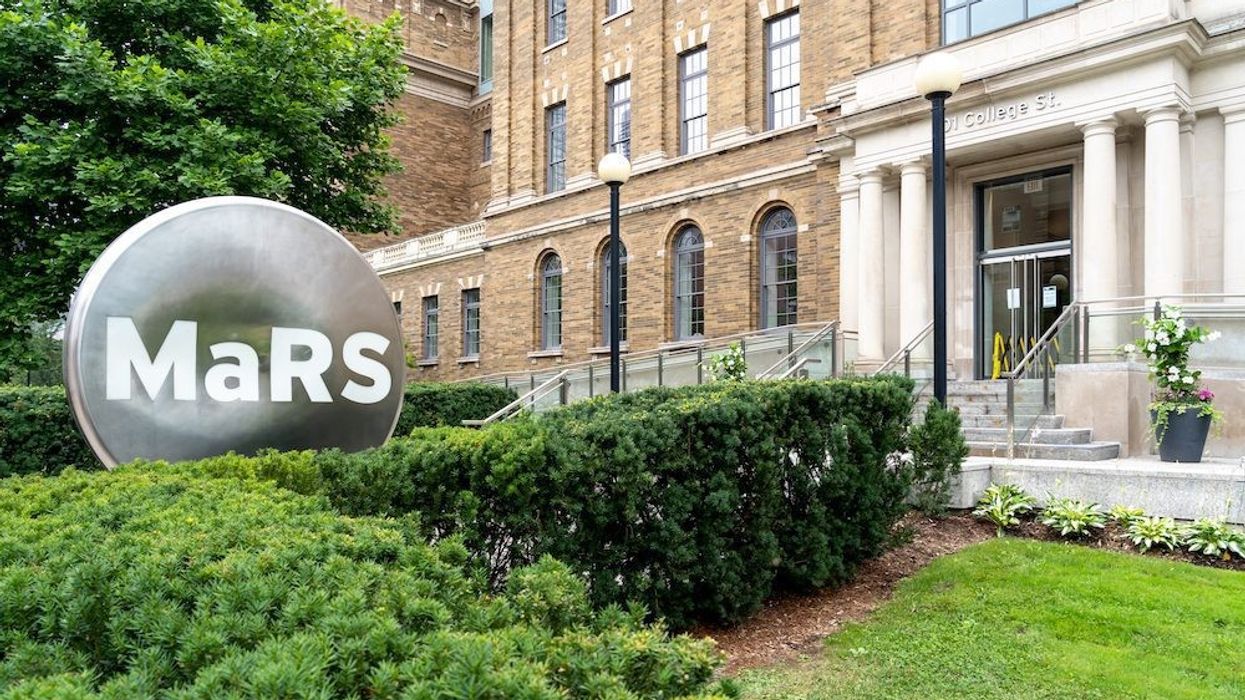A wet lab facility in Vaughan is attracting significant interest from prospective tenants because it is the only available turnkey property of its kind in the Greater Toronto Area, shedding a light on just how far behind Canada’s life sciences sector is lagging.
The 25,000-sq.-ft wet lab, located at 196 Citation Drive in Vaughan, has $10M worth of retrofits to meet EU GMP certification, which is the highest recognition in the pharmaceutical industry, and sits in the region’s so-called life sciences corridor. However, compared to cities like Boston and San Francisco, the GTA has comparatively paltry stock of such facilities.
That isn’t to suggest that the region’s life sciences sector is totally dismal -- Mississauga’s Meadowvale neighbourhood, for example, is sometimes called Pill Hill because 30 of the world’s top-50 pharmaceutical companies have presences there -- but there’s a pronounced dearth of wet labs, which are considerably harder to house than dry labs -- the latter can be found in office buildings while the former requires substantial plumbing infrastructure and HVAC systems, which standard office buildings cannot accommodate.
Investment Interest Isn't There
Resultantly, Canadian investors haven’t demonstrated much interest in capital-intensive wet labs, with the GTA’s inventory coming in just shy of 15M sq. ft., 35% of which is owner occupied. Boston, on the other hand, boasts more than 45M sq. ft of wet lab space, around 15% of which is owner-occupied and, therefore, far tenant-friendlier.
“The Boston marketplace is forecasted to double its wet lab inventory in the next couple of years, and we [in Toronto] won’t even be at their current level of inventory any time soon,” Matthew Johnson, Senior Vice President at Colliers, handling the 196 Citation Drive listing, told STOREYS. “The amount of inventory in the pipeline here is insignificant and that’s a major challenge. That’s a pinch point in the whole ecosystem. Real estate shouldn’t be the problem; instead, it should support the growth of an industry, but here it’s an impediment.”

Some companies in the space are compromising by moving into multiple premises that are within close proximity of each other, but having a lab in one building and administrative functions in another can result in operational inefficiencies, which Johnson, who also spearheads Colliers’ Life Sciences Practice Group, says can be a hurdle to recruiting talent.
COVID-19 a Silver Lining
While 196 Citation Drive is the only one of its kind currently on the market, Johnson says the future of life sciences in the region, while not comparable to Boston or San Francisco, is hopeful. KingSett Capital is behind about 250,000 sq. ft of new space at 700 University Avenue in downtown Toronto, and the University of Toronto is developing 450,000 sq. ft of life science facilities that will be ready later this decade. McMaster University’s Innovation Park will also put the Greater Golden Horseshoe on the map with its roughly 3.5M sq. ft envelope of research facilities.
Moreover, COVID-19 even boosted Canada’s life sciences sector.
“At Innovation Park, a significant component will be wet lab. They’re creating a world-class innovation district in Hamilton; it’s a tremendous vision they’re carrying out and there will be economic development for our region that will further validate it as one of innovation,” Johnson said, adding that there are significant life sciences operations in Toronto’s MaRS Discovery District, too.
“When you think about the life sciences marketplace, you talk about areas within areas. When talking about life sciences, you need to look at it as the southern Ontario region -- Hamilton to Vaughan to North York to Toronto.”
Demand for wet labs in the region is strong but there is little availability, and that results in a brain drain. Innovators have little trouble attracting venture capital in Southern Ontario, however, meagre infrastructure occludes their abilities to scale and that usually impels them to move their operations south of the border.
“When they look to grow, that’s where the issue comes in, because there aren’t many wet labs ready for them to move into, so they move further afield, often to the U.S., like San Francisco and Boston, and it’s all because they can’t find any wet lab space here,” said Keith Reading, Director of Research at Morguard.
Startup companies that rely on wet labs have requisitions like very high ceilings, special ventilation and specially-designed rooms and apparatus for handling various liquids. It isn’t as simple as setting up a wet lab in industrial or office environments.
“There are a lot more requirements and, unfortunately, those buildings are just not available to any extent in the GTA,” Reading said. “What’s interesting, too, is the GTA, in terms of people working with wet labs or in the general research, science and health fields, is the biggest cluster in Canada of those activities, and yet these groups can’t find space in which to operate, so they’re forced to go elsewhere.
“If you build it, they will come, but the problem is no one is really building it.”
Although it is generally true that vanguard investors usually reap the greatest returns, fronting so much capital to develop wet labs is seemingly too risky. On the surface, wet labs’ nascency in Canada might appear like an opportunity, but if there’s poor ancillary infrastructure, scaling becomes well-nigh impossible. Reading says that investors are only dipping their toes in the water at this juncture, meaning there are no major wet lab developments in the pipeline to put the region on the map.
Consequently, growth in the GTA’s wet lab sector is destined to remain stunted.
“There is a competition issue. We have the brainpower but we have nowhere to put it, and that’s really the issue,” Reading said. “It is a competitive disadvantage for Canada. Places like Boston, San Francisco, and Washington, D.C. are seeing a lot of growth and are at a competitive advantage because they already have the facilities, which they had already been developing in the life sciences sector for the past decade or longer. We are at a competitive disadvantage because we have nowhere to put these operations.”





















